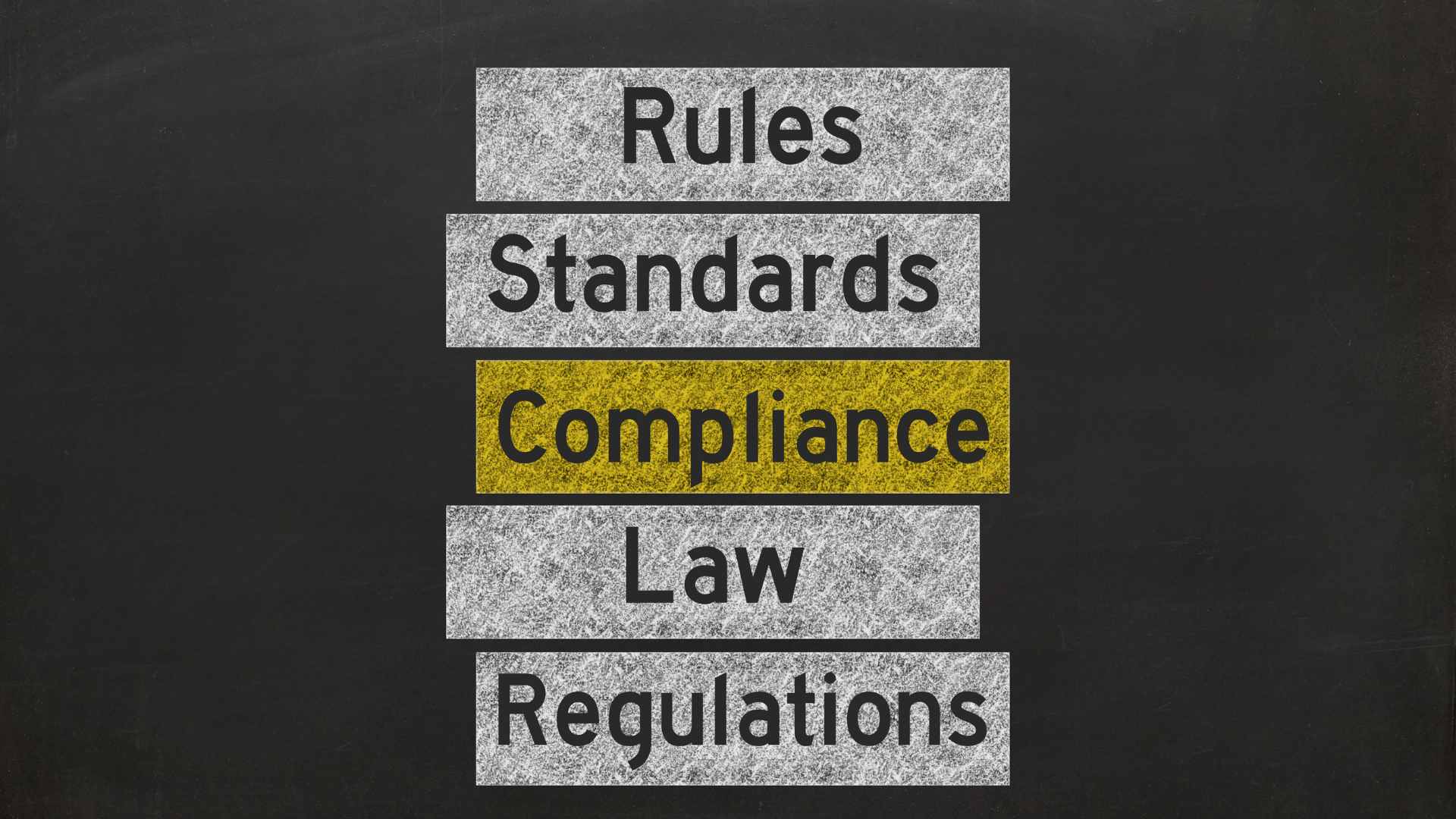VIEW BY TOPIC
- Finding Customers
- Business Systems
- Managing Employees
- Leadership
- Managing Money
Related Posts

Ready to Grow Your Business Fast?
Here’s How I Grew Five Businesses, and Eventually Sold One to a Fortune 500 Company.

7 strategies to increase your employee wellness
Employee wellness is the key to having a successful business. If you don’t take care of your employees, then it is for sure that they won’t take care of you either.
According to a late study done by IBM in late 2020, only 46% of employees claimed that the company they work at supported them physically and emotionally. At the same time, 80% of executives claimed that they are supportive, but employees didn’t always state the same!
It isn’t a good idea to leave your employee’s wellness behind, and that is why in this article, we will show you seven strategies to increase your employee’s wellness.
-
Recognize your employees
By recognizing your employees, we mean recognizing all of their efforts and achievements made daily at the workplace. 37% of employees claimed that recognition was very important to their emotional state at the workplace. Let’s not forget that employee recognition is considered the most important driver of great work out of all!
You may have thought it was the salary, but only 7% of employees stated that salary was their most important driver at work. Once employees feel like they are not being recognized at the workplace, they may start not operating at their maximum capacity.
We can take an example as if you were going out with a bunch of friends, and many of them weren’t appreciating you. Once you feel unappreciated, you will look for new friends. The same case is with employee recognition.

-
Set up an employee giving campaign to assist employee wellness
Setting up an employee giving campaign is an excellent way of making your employees feel proud of the company they work at. Some of the greatest companies worldwide create employee giving programs. By doing this, you are an excellent example for other employers to look at.
Employee giving come in different types, which are:
- Employee donation matching: when the employer is matching cash donations with the contribution of the employee. When the employer provides a matching gift, it makes a bigger difference for non-profit organizations or even recipients who donated.
- In-kind donations: donations made through material possessions such as food, medical supplies, and clothing. Usually, employees who don’t have money to do any donation matching may turn to in-kind donations.
- Employee do-good grants: Employee grants are when a company rewards its employees as donors. Instead of the employee receiving financial rewards, they transfer these rewards to a non-profit organization. Of course, employee do-good grants are given as a choice if they want to participate in it or not.
- Employee volunteer grants: something your employees need to apply to. There are two different types of volunteer grants: Grants for volunteering expenses and dollars for doers.
- Grants for volunteering expenses: employees apply for any grants to support their volunteering opportunities. Most companies will cover travel expenses, food expenses, and some other costs.
- Dollars for doers: a financial grant is rewarded to employees depending on their committed hours- whether it be for a local community or non-profit organization.
-
Communicate with your employees
Don’t be that person who only comes into the office and talks about your employee’s daily duties. We know you are at the workplace, but let’s try to make it more interesting. Try to connect with your employees by asking exciting questions such as how their day is going? What plans do they have? And some other questions you may think of.
According to a study done by the Harvard Business Review, it was shown that 23% of employees claimed that their manager isn’t good at communicating and that it is more likely to impact their mental health.
Additionally, about 33% of employees also claimed that they don’t trust their employers. This all comes from a lack of communication with employees. When a company conducts excellent communication with its team, employees will feel more informed, motivated, and secure. Whereas this directly affects contribution levels towards the company’s goals.
-
Don’t burn your employees out
No, it isn’t smart to overload your employees with work and think they will be productive all the time. This is just you planning for failure in your company. 86% of employees claimed they need to work really hard to prove to their bosses that they are hard workers and deserve their job. You don’t want to be that person who is expecting too much from employees.
Rest is just as important as hard work is too. Sadly, 45% of employees claim that they are burned out at the workplace. You can’t work hard and never rest, it just doesn’t go that way. Promoting wellness at the workplace also means encouraging rest too. Especially if your team is working remotely, you don’t want to make them have sleepless nights because of the overloaded work you are asking them to do.
Try planning out your activities or setting up daily tasks that need to get done. Each employee has their own pace at which they get work done, so try to see what works for you and them.
-
Allow employees to discover themselves to promote employee wellness
Nothing can be better than being an influence on your team that will directly impact how they feel. You can’t motivate anybody enough until they motivate themselves, although you can be a good influence. When you are helping employees find their purpose, that self-drive will start to kick in by itself.
According to research done by Delivering Happiness, they found out that there are three levels of happiness:
- Pleasure: the fleeting form of happiness
- Passion: happiness that continues as long as you are performing the activities that are fulfilling your passion.
- Purpose: the highest level of happiness that fuels your daily life with energy and joy.
The best thing you can do for your employees’ well-being is empower them to have passion and purpose. Here is what you can do to help them find their purpose:
- Find their intrinsic motivation (goals, what drives them.)

- Try implementing a set of activities that will lead them to work on what impacts their well-being as part of your wellness activities.
- Be a motivation coach to your employees. Empower them as human beings, and allow them to act as champions.
You would be surprised that 85% of employees are not engaged at the workplace. Different factors affect this, although the leading cause is the lack of motivation.
-
Promote flexibility for employee wellness
Technological innovations have greatly impacted the way we work and significantly have affected how employees feel. Since the pandemic’s beginning, even the way we work has changed and how employees want to work. According to a survey, 73% of employees stated that they were more efficient when working remotely.
After the release of the COVID-19 vaccine, many employers urged employees to return back to the office, although this wasn’t pleasant for the majority of them. Roughly one in three employees claimed that returning to the office negatively impacted their well-being. At the same time, workers who experienced a decline in their mental health were also five times less likely to be productive!
-
Encourage financial well-being to improve employee wellness
Financial well-being has negatively affected a vast percentage of people across the globe after the beginning of the COVID-19 pandemic. Many have had a cut in their salary or even have been temporarily laid off; what seemed to be going well turned into a nightmare in a short period of time.
According to a financial wellness survey by the Employee Benefit Research Institute (EBRI), it claimed that most employees had to engage heavily on their emergency funds from the start of the pandemic. Nothing gets more stressful than that and negatively has impacted the emotional and physical well-being of employees across the globe.
Many employees got comfortable working from home and even left their job when asked to return to the office. This was all because they felt that their well-being was being affected negatively and just wasn’t worth it. Moreover, it was a wrong move from employers as they didn’t seek to do what was best for employees but only for themselves.
Wrapping up your 7 strategies
That’s about it for this article. These are the seven strategies you can use in order to promote employee well-being and a culture that is firmly focused on employee well-being.
From the beginning of the pandemic, we know that everything has gotten more difficult for employees and employers. For that reason, employee well-being has become just as hard as it was to keep up with. Although, in turbulent times also lies opportunity. And without a doubt, these seven strategies will be your aid to making your employees happier than ever! 














